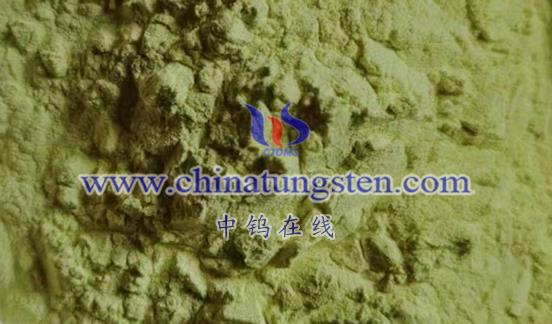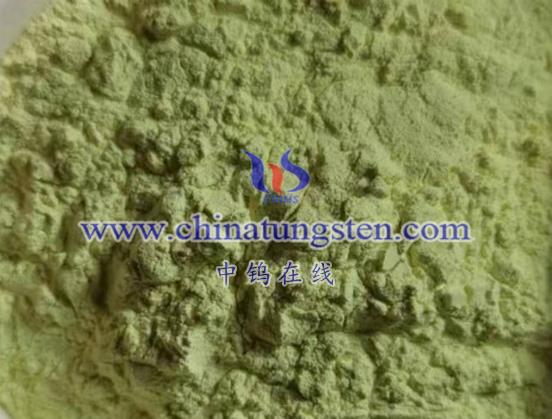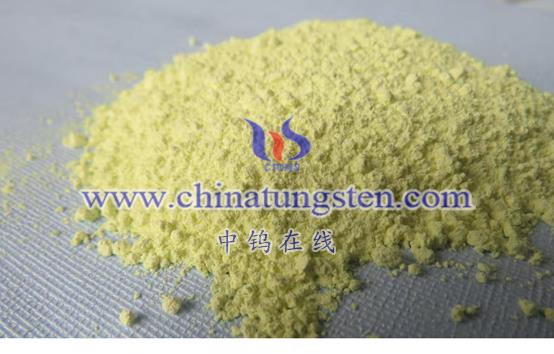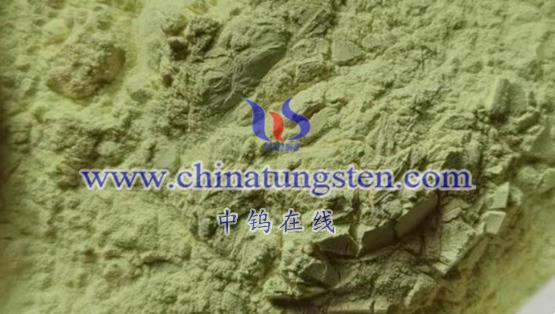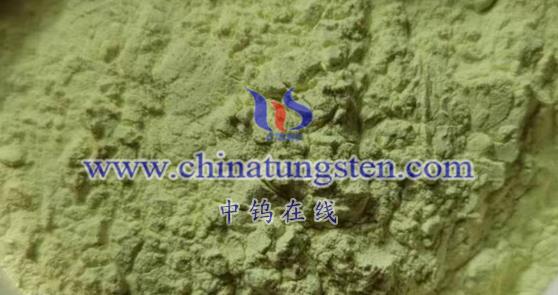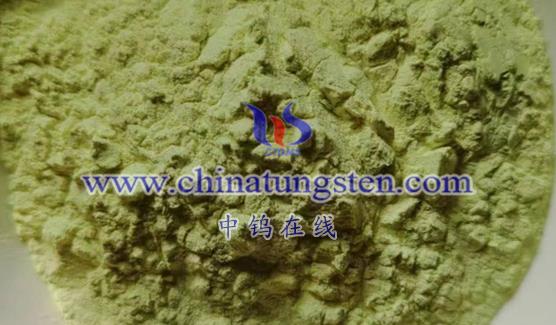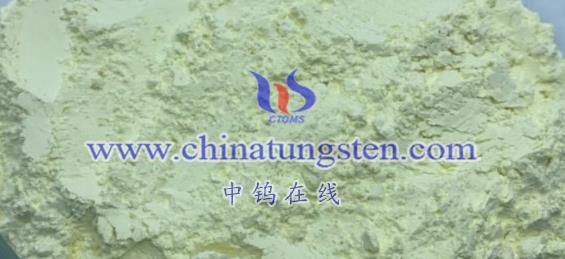
The working principle of novel photoelectrochemical biosensors based on tungsten oxide nanomaterials primarily relies on photoelectrochemical analysis methods. This approach combines the dual advantages of optical and electrochemical techniques, featuring low background noise, high sensitivity, simple equipment, and ease of miniaturization. Below is a detailed explanation of the working principle of these sensors:
- Basic Principle of Photoelectrochemical Analysis
Photoelectrochemical analysis involves measuring changes in electrical signals generated when light is incident on the electrode surface. In this process, photoactive materials (such as tungsten oxide nanomaterials) can generate electron-hole pairs upon light excitation, triggering a series of electrochemical reactions. These electrochemical reactions lead to changes in charge distribution on the electrode surface, resulting in measurable electrical signals.
- Role of Tungsten Oxide Nanomaterials
- Photoelectric Conversion Performance: Tungsten oxide (especially WO3) serves as an n-type semiconductor material, exhibiting unique photoelectric conversion properties. When illuminated, tungsten oxide nanomaterials absorb light energy and convert it into electrical energy by generating electron-hole pairs. These electrons and holes separate and migrate within or on the surface of the material, providing the driving force for subsequent electrochemical reactions.
- Biorecognition: The tungsten oxide-based photoelectrochemical biosensor typically utilizes specific biorecognition elements (such as antibodies or aptamers) that bind to target biomolecules. These biorecognition elements possess high specificity and affinity, ensuring that the sensor only reacts with specific target molecules. When target molecules bind to the biorecognition elements, they alter the charge distribution on the sensor’s surface or trigger other physicochemical changes, thus influencing the generation and transmission of photoelectrochemical signals.
- Working Principle of the Sensor
- Light Excitation Process: When light irradiates the surface of tungsten oxide nanomaterials, the material absorbs light energy and generates electron-hole pairs. These electrons and holes separate and migrate, forming photogenerated current or voltage signals.
- Biorecognition and Signal Conversion: Under the action of biorecognition elements, the target biomolecules bind to the sensor’s surface. This binding alters the charge distribution on the sensor’s surface or triggers other physicochemical changes, thereby affecting the generation and transmission of photoelectrochemical signals. Specifically, the binding of target molecules may lead to changes in electron transfer rates, redox reactions, or charge transfer resistance, all of which can be converted into measurable electrical signals.
- Signal Detection and Output: By measuring the electrical signals output from the sensor (such as photocurrent or photovoltage), quantitative detection of target biomolecules can be achieved. The magnitude of these electrical signals closely correlates with the concentration or presence of target molecules, allowing for conversion into concentration values or other relevant information through calibration curves or mathematical models.
In summary, the working principle of novel photoelectrochemical biosensors based on tungsten oxide nanomaterials is grounded in photoelectrochemical analysis methods and the unique properties of tungsten oxide nanomaterials. Through the processes of light excitation, biorecognition and signal conversion, and signal detection and output, these sensors achieve high sensitivity and selectivity in detecting target biomolecules.
More details of tungsten oxide product, please visit website: tungsten-oxide.com
Please contact CHINATUNGSTEN for inquiry and order of tungsten oxide:
Email: sales@chinatungsten.com
Tel.: 86 592 5129595
